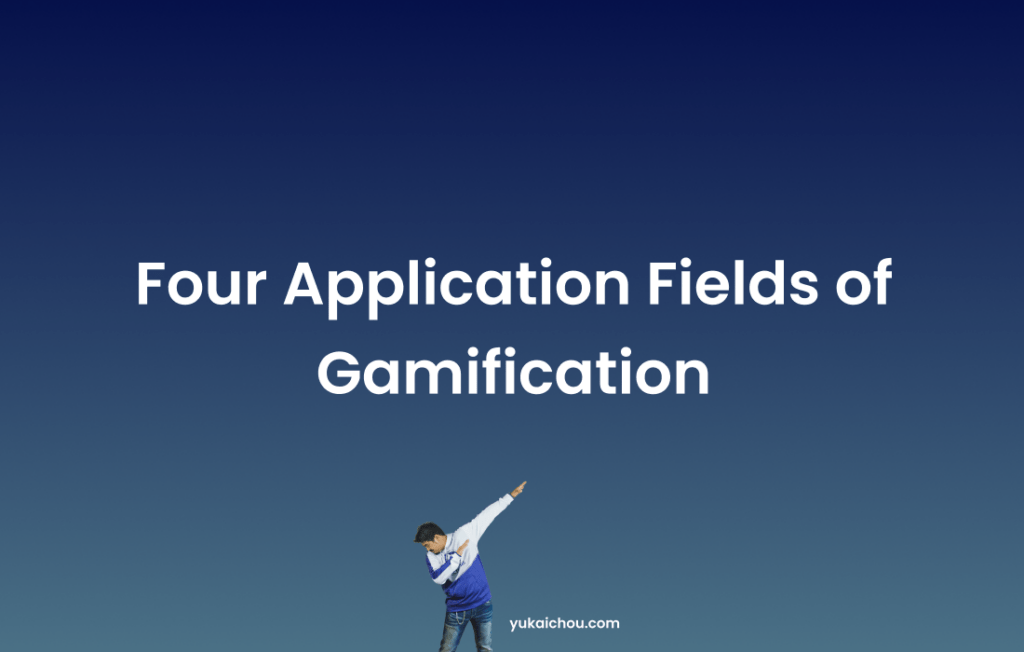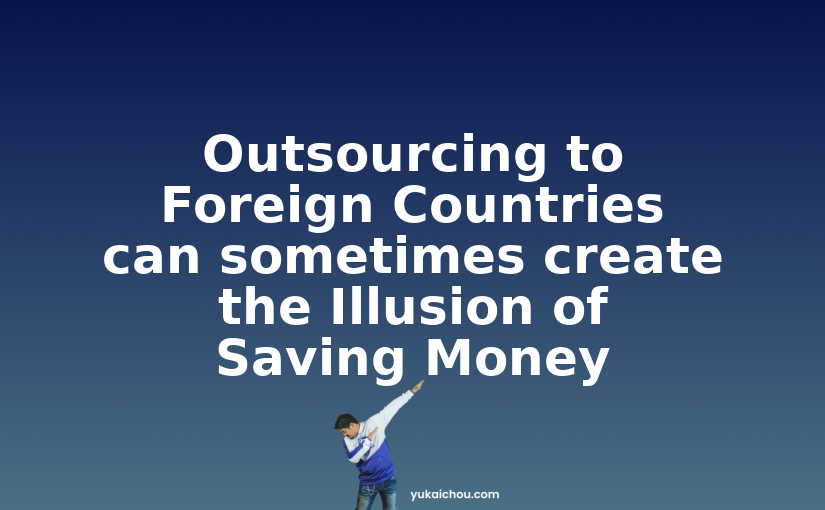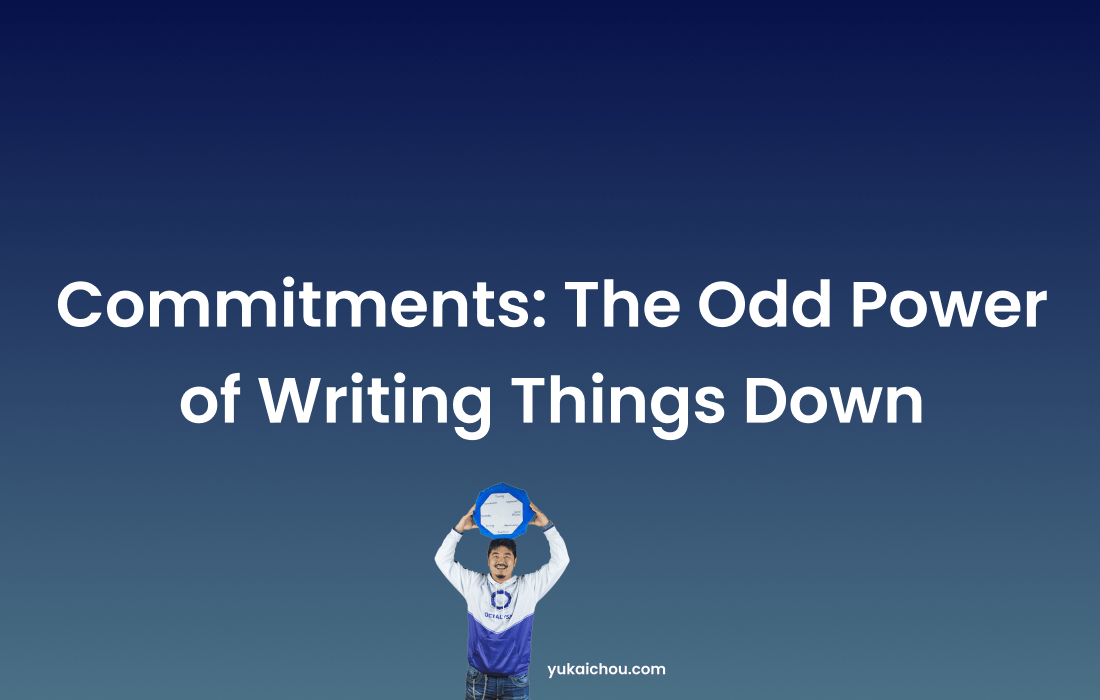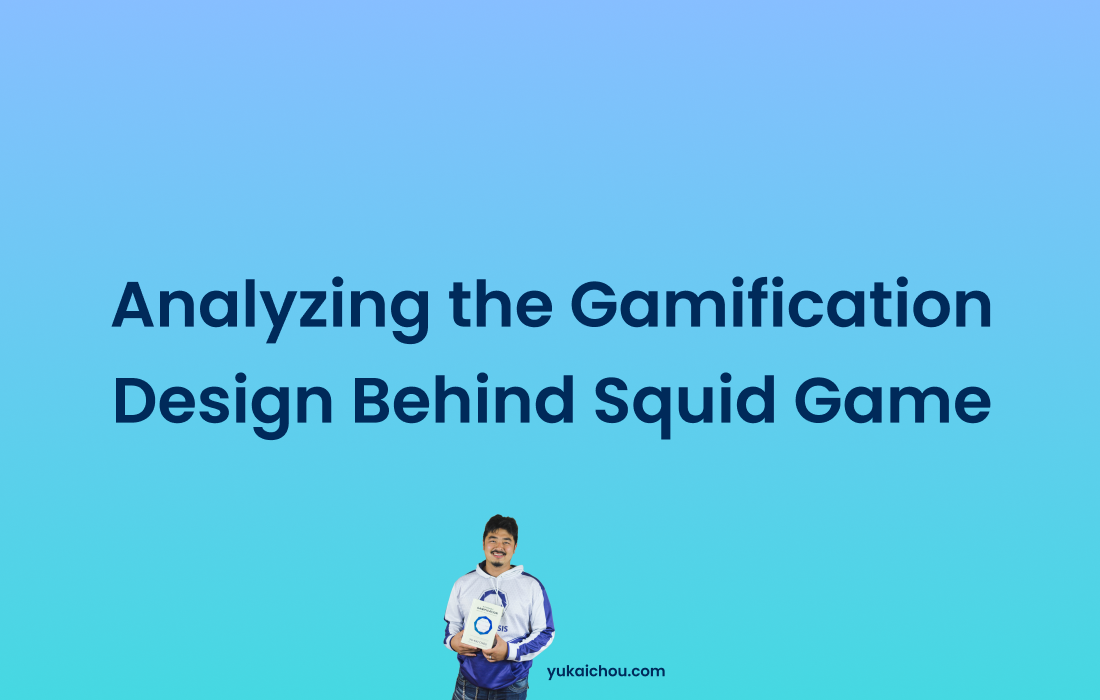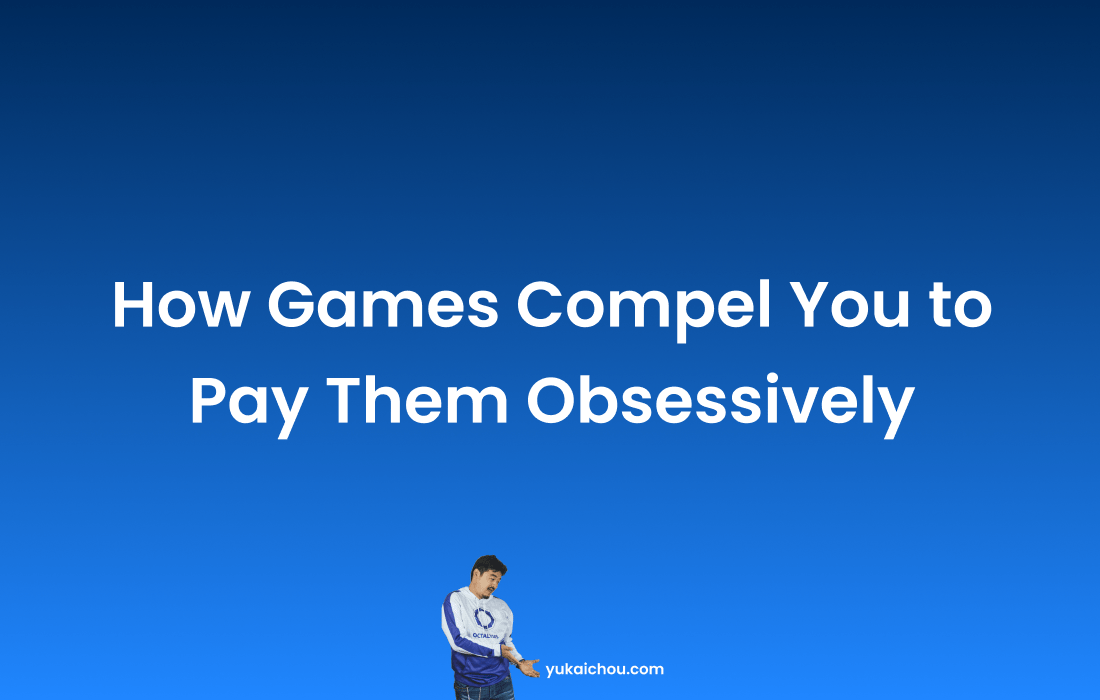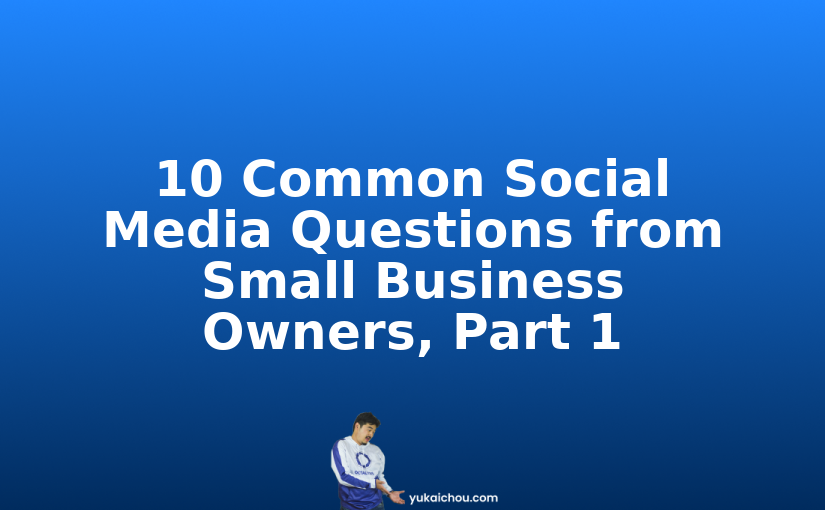This is an excerpt from the second part of the introduction of Actionable Gamification: Beyond Points, Badges, and Leaderboards. Buy a copy here or listen on Audible.
4 Application Fields of Gamification
Now that we have covered the different implementation methods for gamification, we will explore the various applications of gami- fication in several industries.
In general, the majority of my clients represent four fields that I consistently see innovating time and time again, indicating a tremendous amount of application and growth in these sectors:
- Product Gamification
- Workplace Gamification
- Marketing Gamification
- Lifestyle Gamification
Product Gamification is about making a product, online or offline, more engaging, fun, and inspirational through game design. Most companies struggle to create products that customers fall in love with, continue using, and passionately share with their friends. Some of these products have great “functional” purposes, but don’t focus on the motivation and Core Drives of their users.
In a previous era, consumers didn’t have adequate information and were accustomed to slow gratification. Along with immense barriers for starting new companies, it was not as detrimental for a company to simply assume that customers would use their products – provided that they were marketed correctly. However, people today are spoiled with instant gratification through the Internet, with immersive empowerment and real-time feedback through games, and the constant connection to their social network. Your users, customers, and employees are becoming less tolerant of badly designed products that do not take into account their motivations, especially when they have a variety of competitive alternatives they can choose from.
Many corporations and startups excitedly tell me, “Our product is great! Users can do this; users can do that; and they can even do these things!” And my response to them has been, “Yes, you are telling me all the things your users can do. But you have not explained to me why the user would do it.”
That’s the problem with a majority of company products – great technology and functionalities, but no traction. People don’t have a reason to go out of their way to use the product. Sometimes, a startup founder tells me, “Hey, Yu-kai, there’s no reason why people wouldn’t use our product. We save them money, we save them time, and we make their lives better.” On lucky days, customers themselves would even say, “Yeah, there’s no reason why I wouldn’t use your product. It saves me money, it saves me time, and it makes my life better. I’ll definitely sign-up sometime tomorrow.”
For those who have run startups or launched products before, you know the crucial part of the entire phrase is the ending. When people say they will do it “tomorrow,” more often than not it means “never.” This is because at this point they are motivated by Core Drive 8: Loss & Avoidance, and specifically by something I call Status Quo Sloth (Game Technique #85) – they are avoiding a change in their habits and behavior.
Remember how we talked about how Gamification is actually Human-Focused Design learned from decades, even centuries of game design experience? When you are launching a new product, its motivational standing is very similar to a game. No one has to play a game. You have to do your taxes; you have to go to work; and you really should go to the gym. But you never have to play a game, and let’s be honest, oftentimes you shouldn’t.
Because games have invested an amazing amount of creativity, innovation, and resources into figuring out how to get people to want to spend more time on them, there are definitely many great lessons you can learn from games for your own products. The key here is to make a product so exciting that customers become obsessed with using your product and are compelled to share how exciting their experiences were to their friends.
Workplace Gamification
Workplace Gamification is the craft of creating environments and systems that inspire and motivate employees towards their work. More often than not, employees show up to work every day just so they can earn a paycheck (Core Drive 4: Ownership & Possession) and to not lose their jobs (Core Drive 8: Loss & Avoidance). As a result, employees only work hard enough to earn their paychecks and to not lose their jobs (if you recall, Core Drives 4 and 8 are great examples of Left Brain, Extrinsic and Black Hat Motivation).
In fact, Gallup’s 142-country study shows that only 13% of employ- ees are categorized as “engaged” with their work27. In comparison, 24% of the workforce is categorized as “Actively Disengaged,” which means they are so unhappy with their work that they minimize their productivity, spread negativity, and even sabotage productive efforts that require them to do more work to keep their jobs.
That is something pretty scary to think about. It means that, chances are, a quarter of your company is poisonous! How can any organism be competitive at anything if 24% of its body is composed of cancer cells?
Contrary to popular self-denial, it is actually not the employees’ fault they are disengaged. Companies like Zappos and Google (especially in the old days) are known to get their employees motivated, driven, and excited about their work on a daily basis2829. I firmly believe that everyone has the capacity and the longing to become motivated and driven for something that is worth their cause. It is bad environmental and cultural design that turns good employees into toxic cells.
Of course, you don’t need a Gallup study to know how disengaged employees are at work. Just think about how often people close to you complain about their work or their bosses. Think about the movie Office Space, the quintessential comedy about life in a typical bland, rigid, and oppressive company in America30. The movie was such a great hit and now a cult classic because people can actually relate to the frustration and disengagement of the characters in the movie (a good example of the “relatedness” piece within Core Drive 5 at work).
Why does that matter? Because research has shown that on aver- age, the companies with disengaged and unmotivated employees only obtain 50% of profits and only 40% of revenue growth when compared to companies with engaged and motivated employees.31 If I told you that you could double your profits and improve your revenue growth by 250% without opening new markets and without introducing new breakthrough technologies but by simply making your workplace more engaging and motivating, would you do it? Most people would say yes. But from my own personal experience, there will still be people who say no, simply because, “I don’t want my employees playing games. It’s a distraction!”
Workplace Gamification is critical for today’s economy and the future of creative innovation. The Gen-Ys entering the workforce (and they are thirty now) are used to being in environments that provide them Epic Meaning, Relatedness, Autonomy, and more. This will only get worse as the even-younger generation enters the workforce, so it is wise for companies to start setting up the correct motivations systems as early as possible to avoid the devastation of having a surplus in labor but a shortage in talent.
Marketing Gamification
Marketing Gamification is the art of creating holistic marketing campaigns that engage users in fun and unique experience designed for a product, service, platform, or brand. Not too long ago, people clicked on online ads because, more often than not, they couldn’t tell the difference between ads and content. But nowadays, users are becoming more sophisticated in filtering out unwanted promotions, decreasing the effectiveness of many advertisement campaigns (thanks in large part to ad blocker apps too).
Then you have TV commercials, where everyone simply tunes them out, switches the channel away, or just fast-forwards if they have a TiVo. As for other traditional methods like ads on billboards or newspapers…don’t even get me started.
In the past decade, Search Engine Marketing (SEM) and Search Engine Optimization (SEO) have proven to be fairly effective tech- niques for gaining exposure and improving sales. In fact, a search engine is just a large leaderboard, and the industry of Search Engine Optimization is simply the game to climb to the top of that leaderboard. This works because 1) you can target the right people who are searching for your exact solution, and 2) you can target them at the right time they are searching.
However, SEO and SEM still lack the trust component in online marketing. If a website you trust and have followed for two years sells something you need, you are likely not going to go searching for a random site on a search engine to purchase from.
Enter Social Media Marketing. Through platforms like blogs, Face- book, Twitter, and Youtube, brands are able to build relationships with potential customers, create unique value, and establish trust that leads to future engagement. Unfortunately, social media plat- forms are just the delivery channels for engaging content; in and of themselves, they do not motivate or successfully engage with users.
This is where Gamification comes in. Marketing Gamification specifically utilizes game elements and strategies throughout a player’s journey by first focusing on why a user would engage with you in the first place. Marketing shouldn’t just be one action done from the marketer and one response back from the customer, but should be an entire ecosystem where both the marketer and customer are able to experience fun and feel continuously engaged through a variety of interactions.
Marketing Gamification utilizes the platforms and vehicles de- scribed above as well as others: SEO, Social Media, Blogging, Email Marketing, online/offline competitions, viral vehicle strategies, and reward schedules to continuously engage users throughout an engaging and gamified experience.
Lifestyle Gamification
I mentioned in Chapter 1 that my life completely changed when I was struck by an epiphany that I should treat everything like a game. Since gamification is great at motivating people towards cer- tain activities, why wouldn’t you apply that to motivate yourself?
Lifestyle Gamification involves applying gamification principles and the 8 Core Drives into daily habits and activities, such as managing your to-do list, exercising more often, waking up on time, eating healthier, or learning a new language.
There are also many technological enablers that make Lifestyle Gamification more popular, including big buzzword trends such as Big Data, Wearable Tech, Quantified Self, and The Internet of Things32. The interesting thing about all these trends is that it enables all your activity to be tracked allowing you the ability to manage your Feedback Mechanics and Triggers.
Games have historically been able to track every single action that a player makes. A game would automatically know that this particular player is on Level three, she has picked up these four items, learned these three skills, talked to these six characters, but not those other three characters, and because of that, this door does not open for the player.
A game remembers everything you have done and customizes your experience based on that. In real-life, most of your “data” is not recorded, and so it is hard to craft a optimized lifestyle. The trend with wearable tech and quantified self finally allows us to track more of our own behavior on a daily basis. Of course, even companies that claim they wield the power of Big Data don’t yet compare to the level of customization that gamers take for granted. Many still stick to generalized demographics and non-actionable reports, instead of creating a unique experience for each user in real-time33.
Lifestyle Gamification branches into a few sectors such as Career Gamification, Health Gamification, Productivity Gamification, and Education Gamification. It can be utilized to gamify big picture activities such as accomplishing your life goals, or very tactical activities such as using a dice to determine how you should reward yourself (which is derived from Core Drive 7: Unpredictability & Curiosity).
Since Lifestyle Gamification fundamentally changed my life, I am extremely passionate about how it can help people achieve their dreams through 1. Finding their game, 2. Analyzing their initial stats 3. Formulating their skill trees, 4. Connecting with allies, 5. Finding the right quests, and 6. Beating the game. Since this is a huge topic that warrants its own book, I won’t be spending time in this book covering the topic in detail.
So far we have laid out a wide net that covers many terms, concepts, Core Drives, Experience Phases, natures of motivation, and implementations of design. Don’t feel intimidated. For the next few chapters, we begin to dive deeper into all the things we already talked about, which will allow you to have an even better grasp of the foundation of the Octalysis Framework.
This is an excerpt from the second part of the introduction of Actionable Gamification: Beyond Points, Badges, and Leaderboards. Buy a copy here or listen on Audible.


